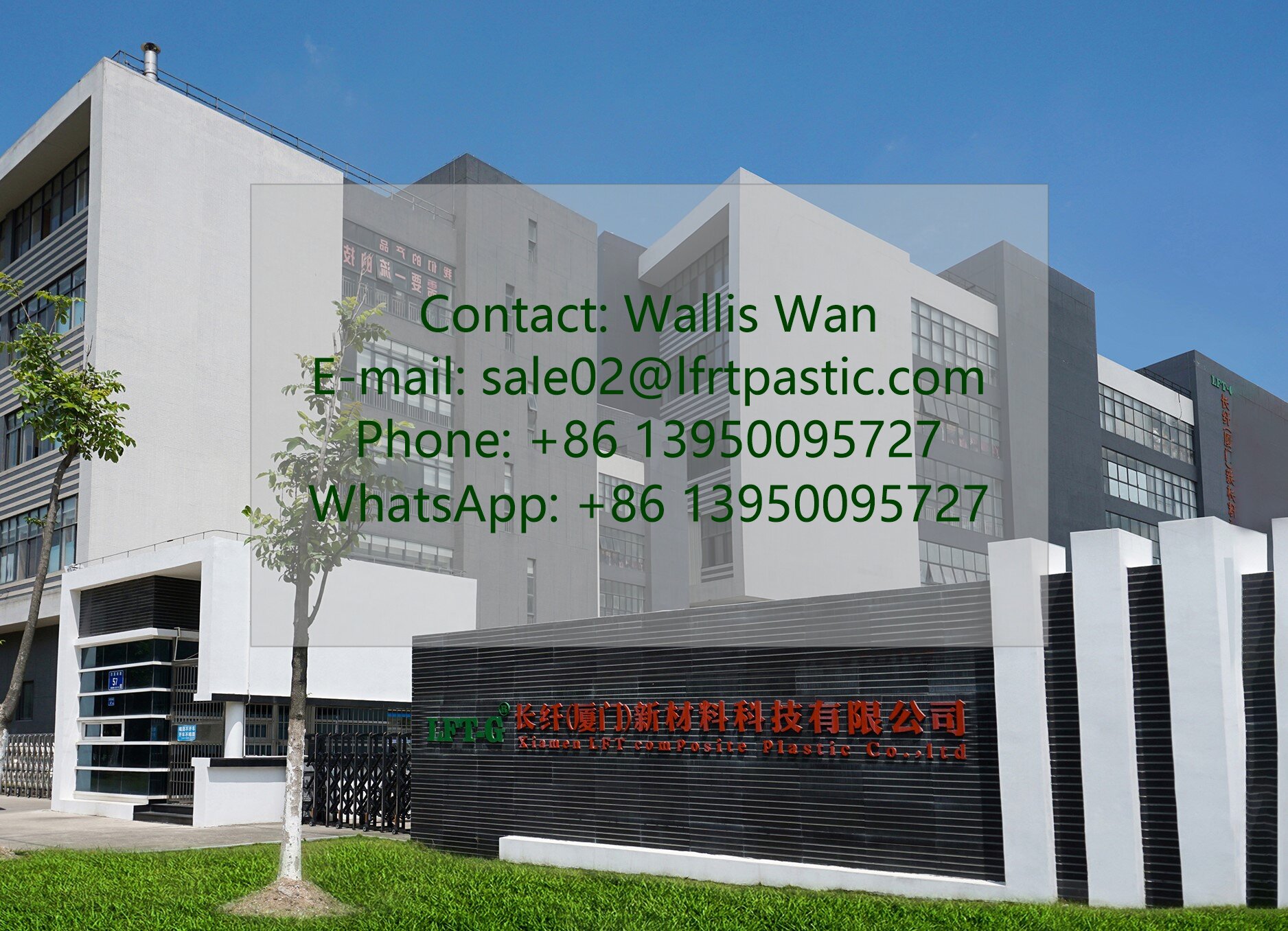new blog

Long Glass Fiber Reinforced Polypropylene (LGFPP) plastics are modified polypropylene composites containing glass fibers with a length of 10 to 25 mm, which are injection molded to form a three-dimensional structure, abbreviated as LGFPP. LGFPP is increasingly being used in automotive applications due to its excellent overall performance.
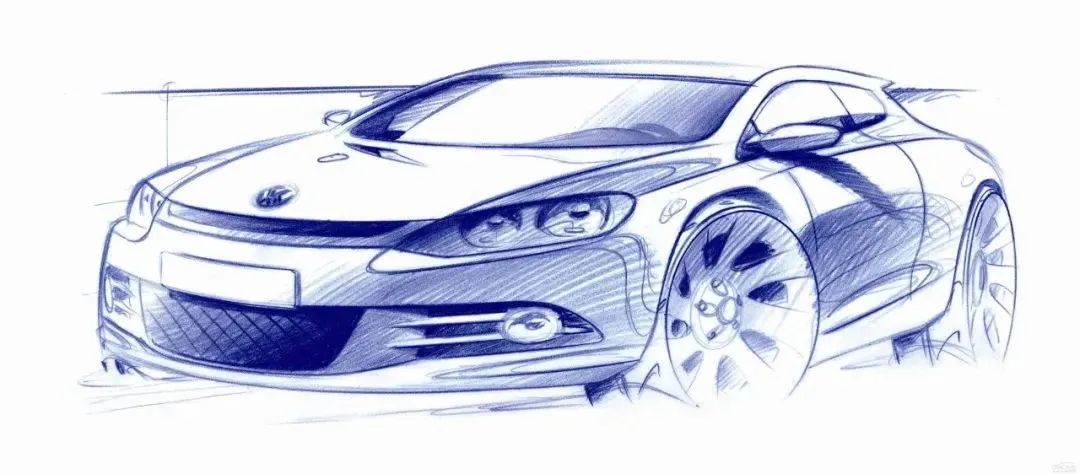
Features and Benefits of Long Glass Fiber Reinforced Polypropylene
Good dimensional stability
Excellent fatigue resistance
Low creep properties
Low anisotropy, low warpage deformation
Excellent mechanical properties, especially impact resistance
Good flowability for thin-walled products
Long Glass Fiber Reinforced Polypropylene (LGFPP) of 10 to 25 mm has higher strength, stiffness, toughness, dimensional stability, and low warpage compared to ordinary short glass fiber reinforced polypropylene (GFPP) of about 1 mm. In addition, long glass fiber reinforced polypropylene materials even at 100 ℃ high temperature will not produce significant creep, and has better creep resistance than short glass fiber reinforced polypropylene.
In the injection molding finished product, long glass fiber interlaced body network structure, even if the polypropylene substrate after burning, the long glass fiber network still form a certain strength of the glass fiber skeleton, while the short glass fiber after burning is generally into the fiber skeleton without strength. The main reason for this situation is that the length-to-diameter ratio of the reinforcing fibers determines the enhancement effect. Critical length to diameter ratio of less than 100 filler and short glass fibers have no reinforcing effect, while the critical length to diameter ratio of more than 100 long glass fibers play a reinforcing role.
Compared with metal materials and thermoset composites, long fiberglass plastic density is low, the same part weight can be reduced by 20% to 50%, long fiberglass plastic can provide designers with greater design flexibility, such as molding complex shapes of parts, integrated parts using the number of savings in tooling costs (the general cost of the long fiberglass plastic injection mold costs about 20% of the cost of the metal stamping mold), reduce energy consumption ( Long glass fiber plastic production energy consumption is only 60% to 80% of steel products, 35% to 50% of aluminum products), simplify the assembly process.
Long Glass Fiber Reinforced Polypropylene for Automotive Components
Long-fiber-reinforced polypropylene is used in dashboard body skeletons, battery trays, front-end modules, electrical control boxes, seat supports, spare tire trays, fenders, chassis covers, noise barriers, and rear door frames in cars.
Front-end module:
For automotive front-end modules, the use of LGFPP (LGF content of 30%) material can be more than 10 traditional metal parts such as radiators, speakers, condensers, brackets, etc. integrated into a whole. It is more corrosion-resistant, less dense, and about 30% lighter than metal parts, has higher design freedom, and can be directly recycled without sorting and disposal. Reduced manufacturing costs, with obvious cost reduction advantages.
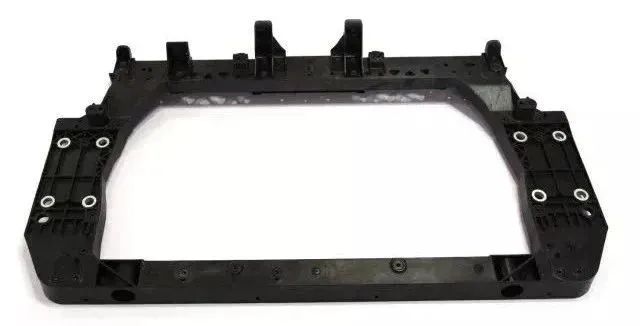
Instrument panel body skeleton:
For soft instrument panel skeleton material, the use of LGFPP material is stronger than the filled PP material, higher bending modulus, better fluidity, in the same strength, the thickness of the instrument panel design can be thinned so as to reduce the weight, the general weight reduction effect of about 20%. At the same time, the traditional multi-part instrument panel tray can be developed into a single module. In addition, the instrument panel front defrost air duct body, the instrument panel middle skeleton material selection, generally with the instrument panel body skeleton using the same material, can further enhance the weight reduction effect.
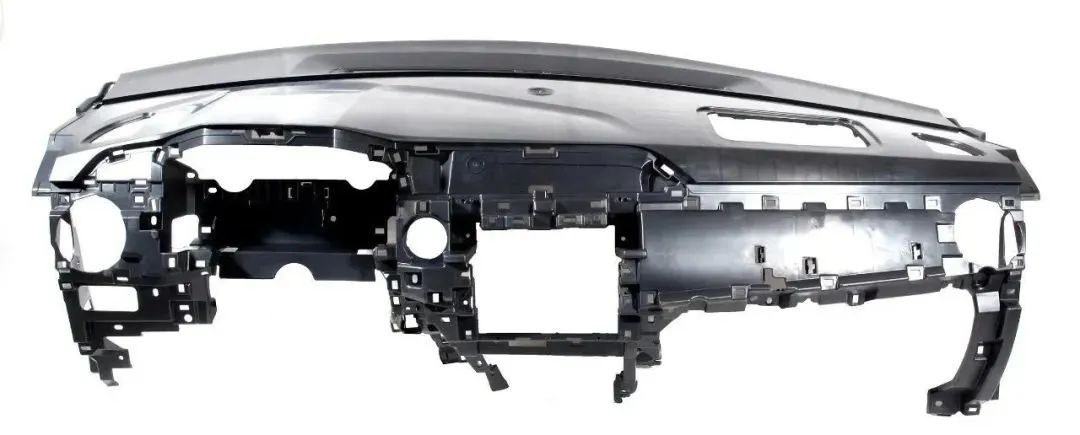
Seat backrest:
Replacing the traditional steel skeleton achieves a 20% weight reduction, and is characterized by excellent design freedom and mechanical properties, and enlarged ride space.
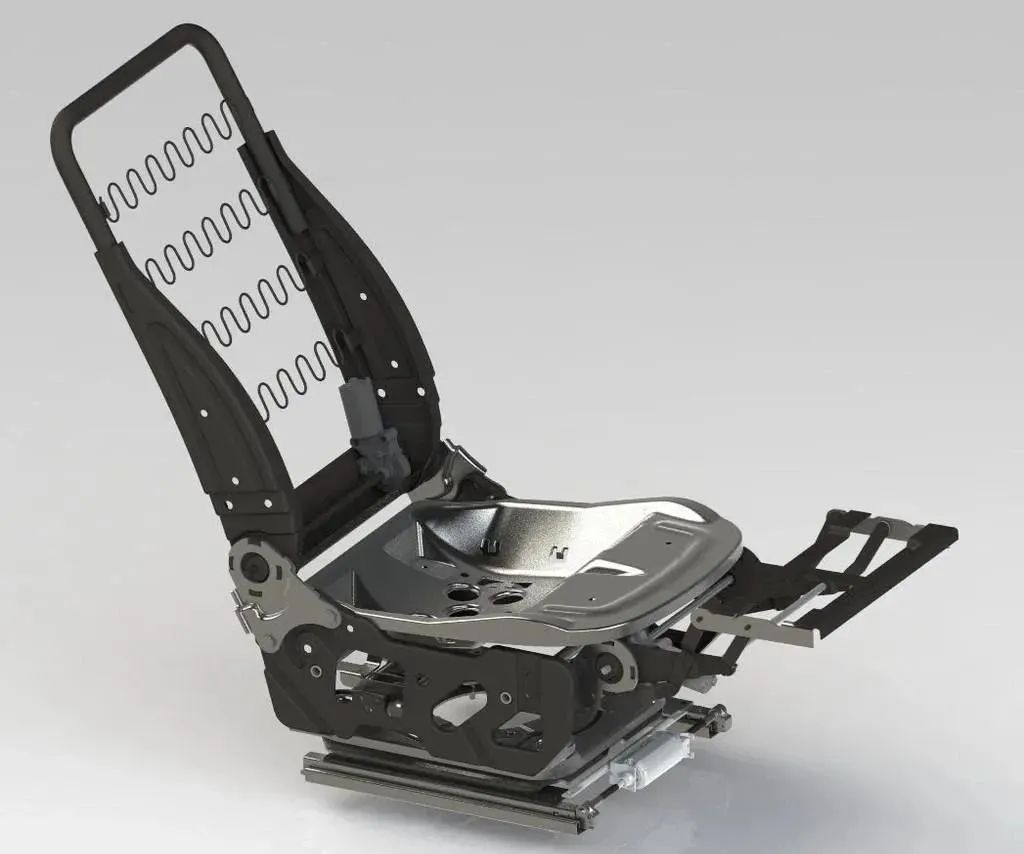
Long Glass Fiber Reinforced Polypropylene for Automotive Applications
In terms of material substitution, long glass fiber reinforced polypropylene products can play the role of weight reduction and cost reduction at the same time. Previously, short glass fiber reinforced materials replaced metal materials. In recent years, with the development of lightweight material applications, long glass fiber reinforced polypropylene materials have gradually replaced short glass fiber reinforced plastics in more and more automotive parts, which further promotes the research and application of LGFPP materials in automobiles.
Xiamen LFT Composite Plastic Co., Ltd.
